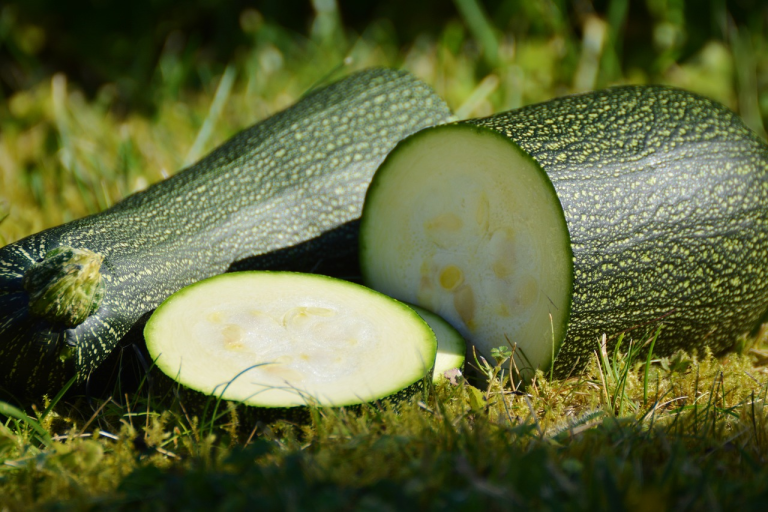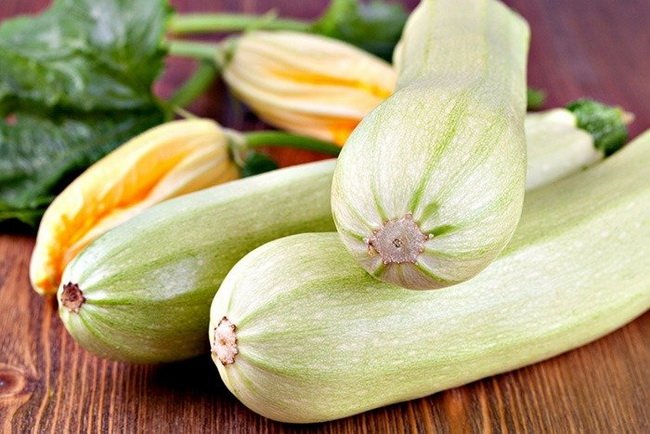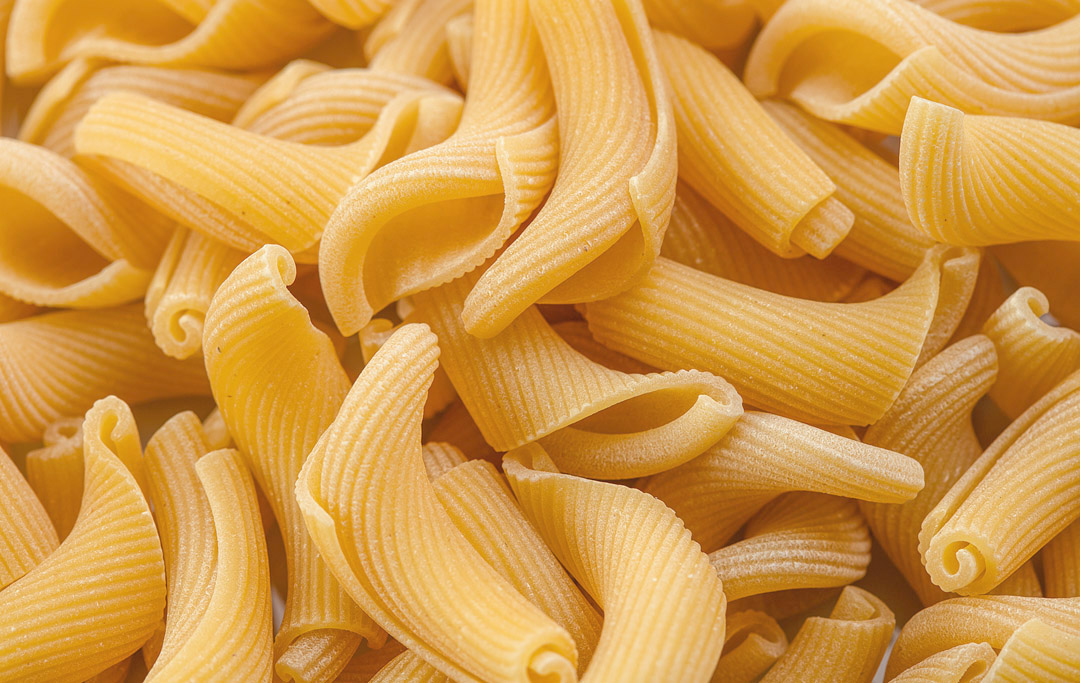To keep peppers fresh and crisp for a long time, you can freeze the delicious vegetables. Here we explain what you should pay attention to and how to do it without plastic.
Freezing peppers: how it works

Whether as a side dish in a pasta sauce or as a healthy snack in between: paprika can be used in many ways. However, you should use up the crunchy vegetables within a few days. If you want to store peppers longer, you can freeze them.
Prep: Unlike other vegetables, you don’t need to blanch peppers beforehand. You don’t have to skin the peppers either.
This is how easy it is to freeze peppers:
Wash the peppers thoroughly.
Cut them into smaller pieces. For example, you can cut the peppers lengthwise into thin strips and then dice them further.
Put the chunks of pepper in a small tin and store them in the freezer.
Alternatives to plastic

Freezing peppers or other vegetables in plastic bags is often recommended. However, we recommend avoiding plastic as far as possible. There are some greener alternatives to plastic freezer bags:
You can use lunch boxes made of wood or glass several times.
Stainless steel cans are also suitable for freezing vegetables.
You can also freeze peppers in glasses (e.g. washed jam jars).
You can even freeze peppers in cotton or jute bags. You should first pat them as dry as possible with a kitchen towel.
By the way: A great alternative to freezing is to soak peppers in oil or vinegar. This way the vegetables will last longer.






